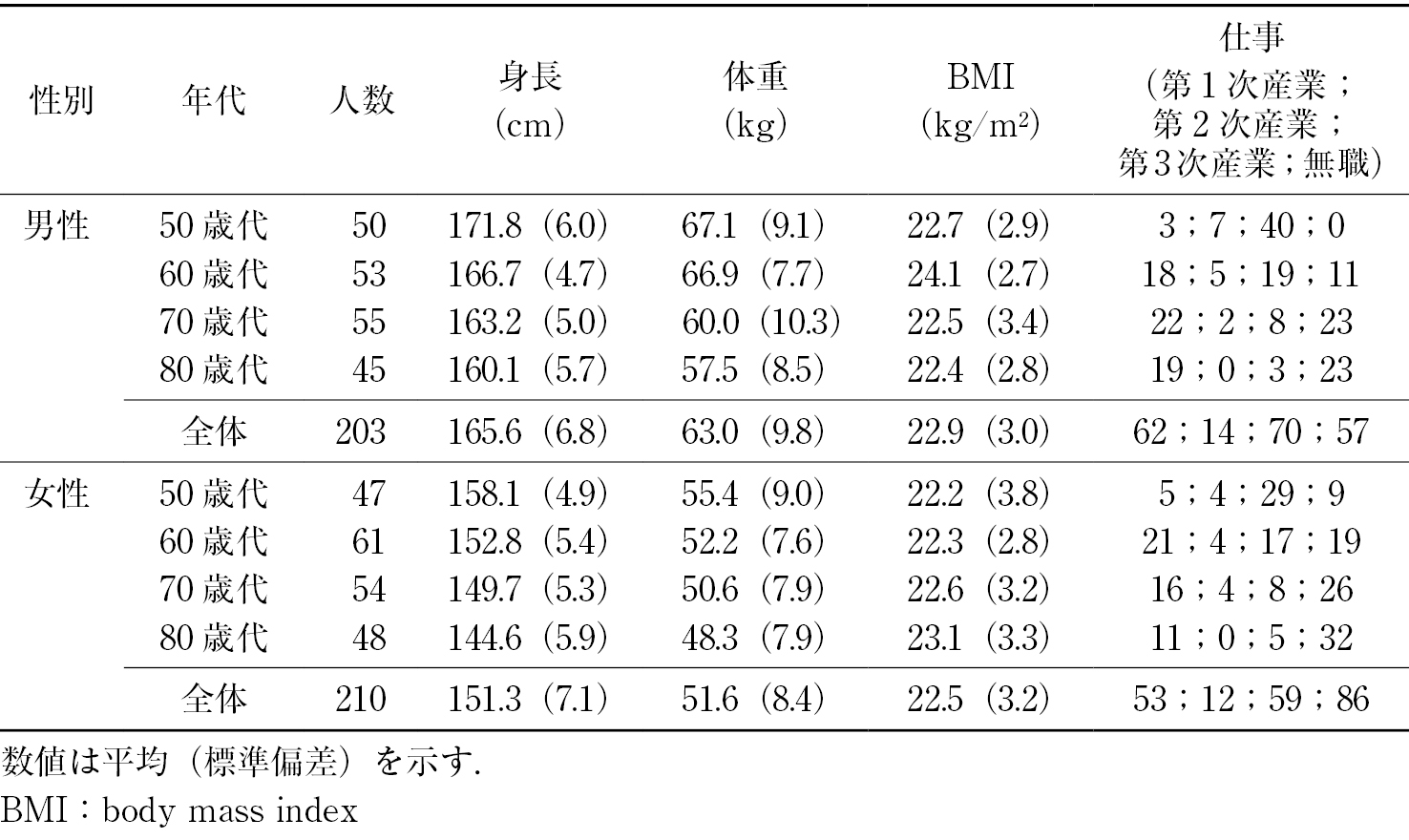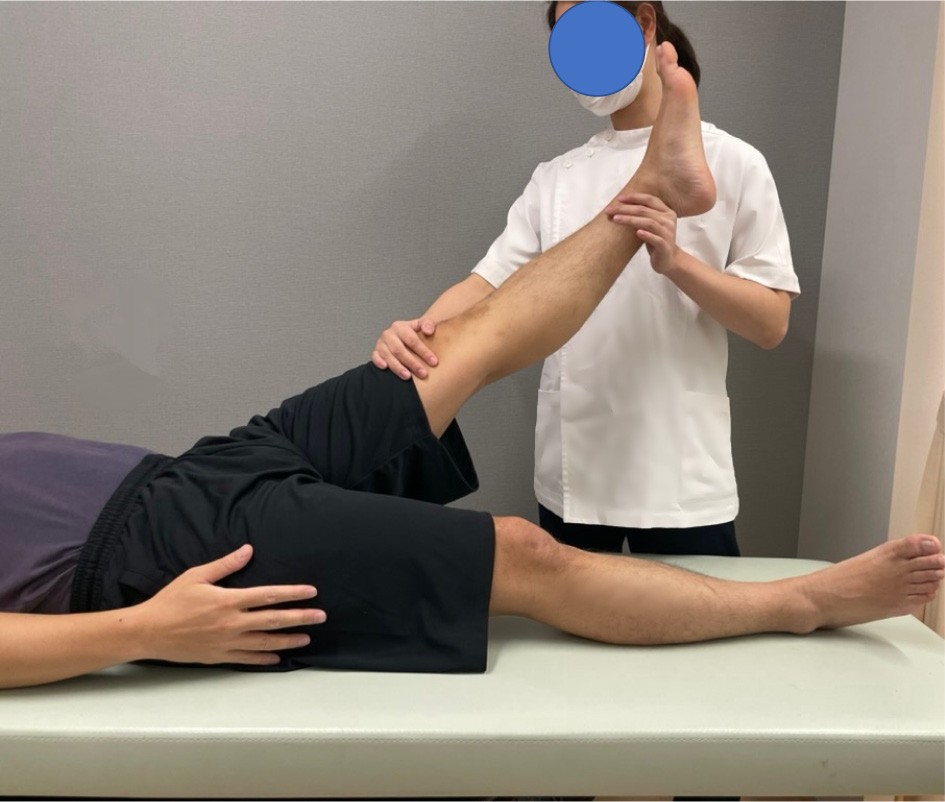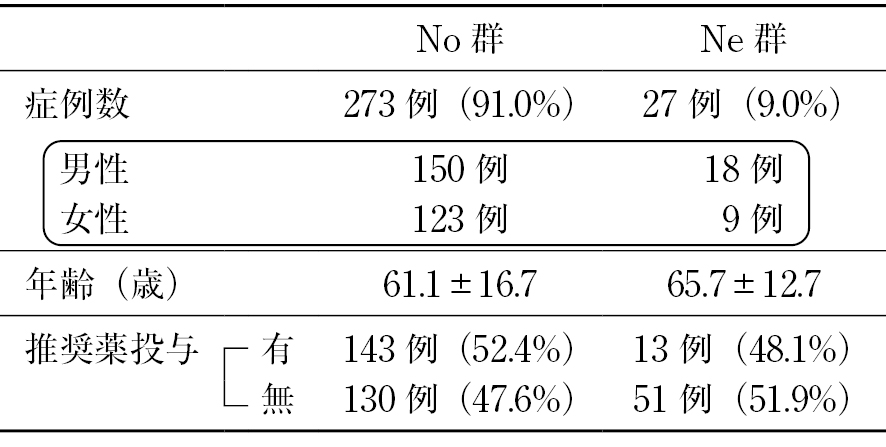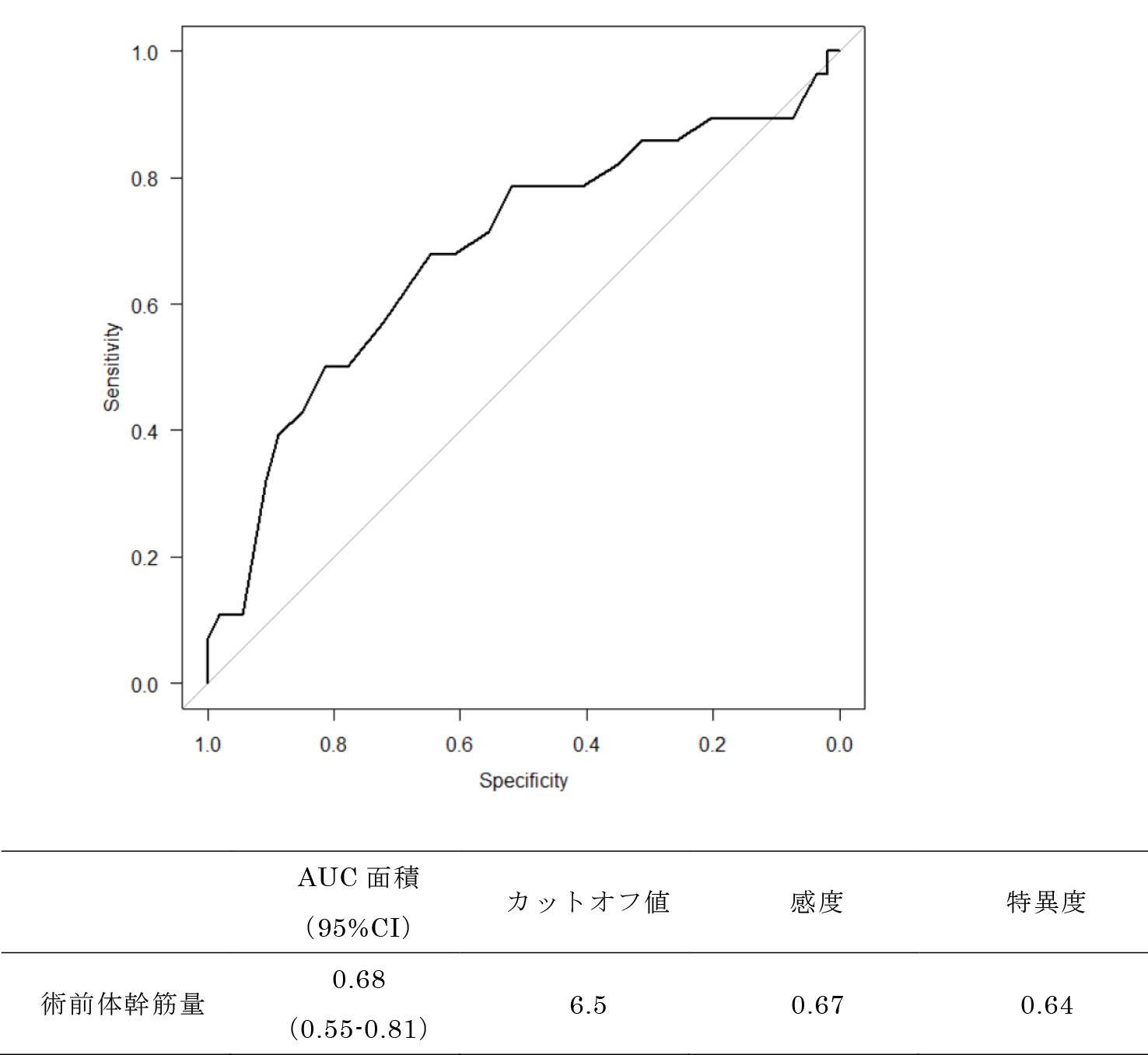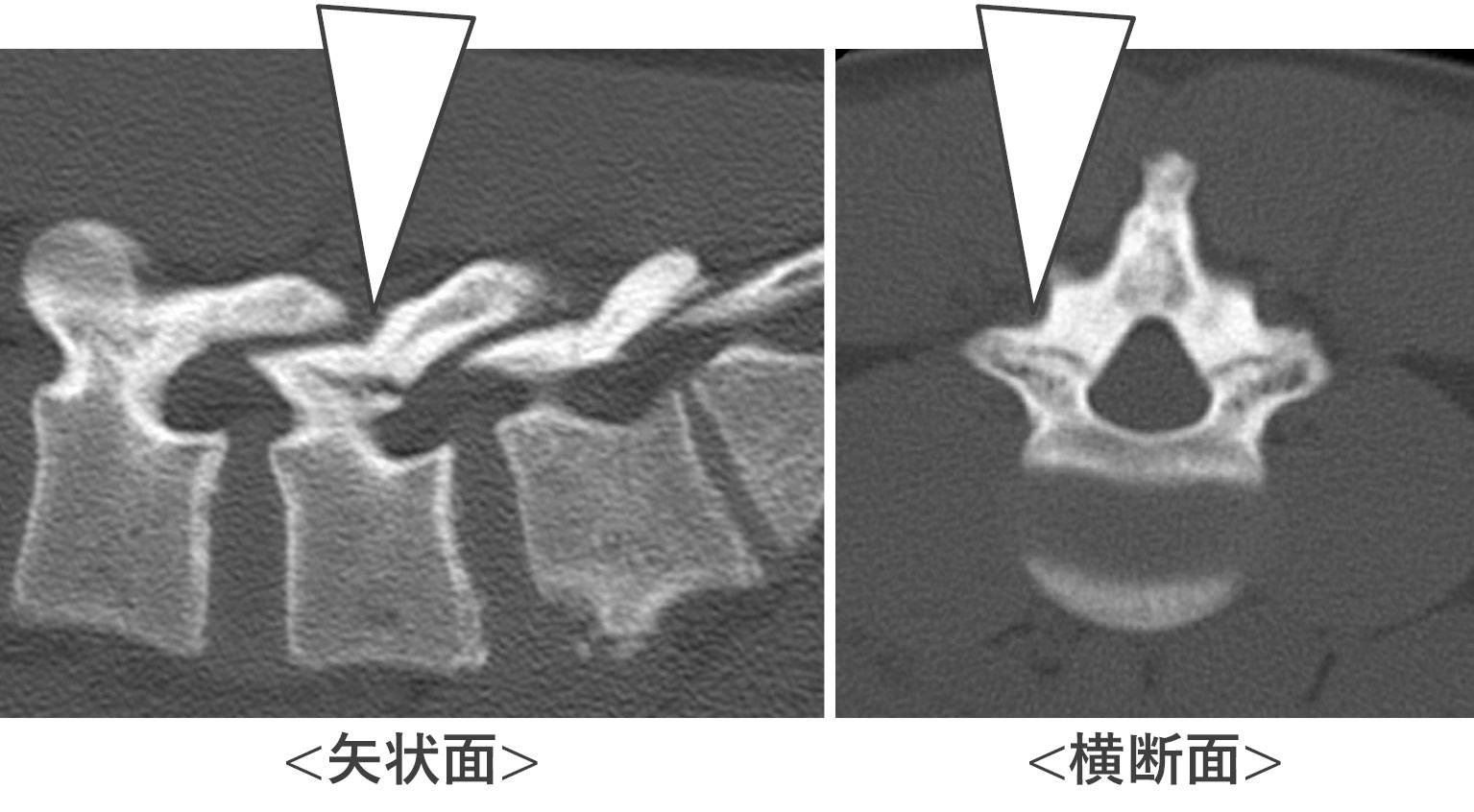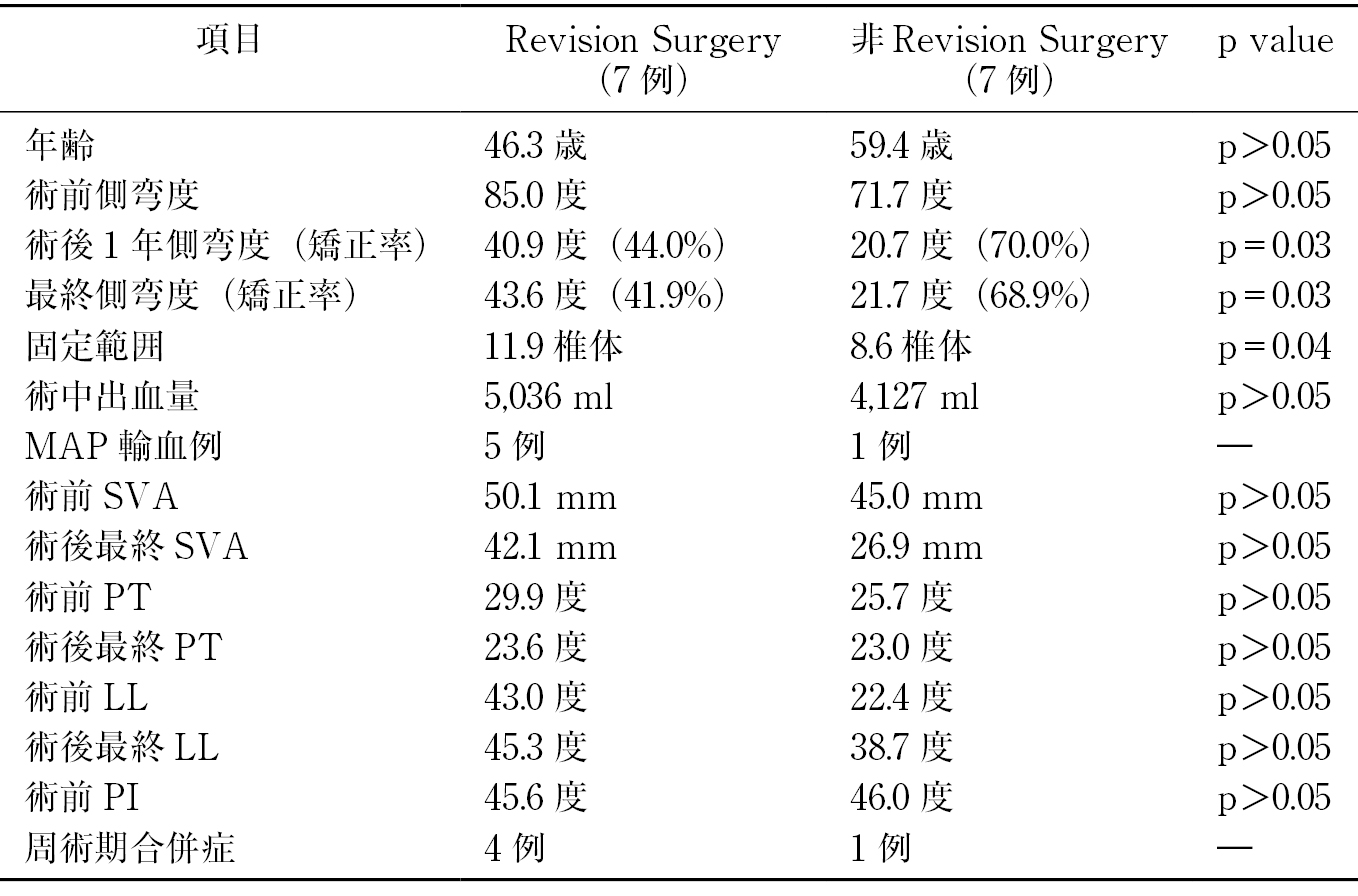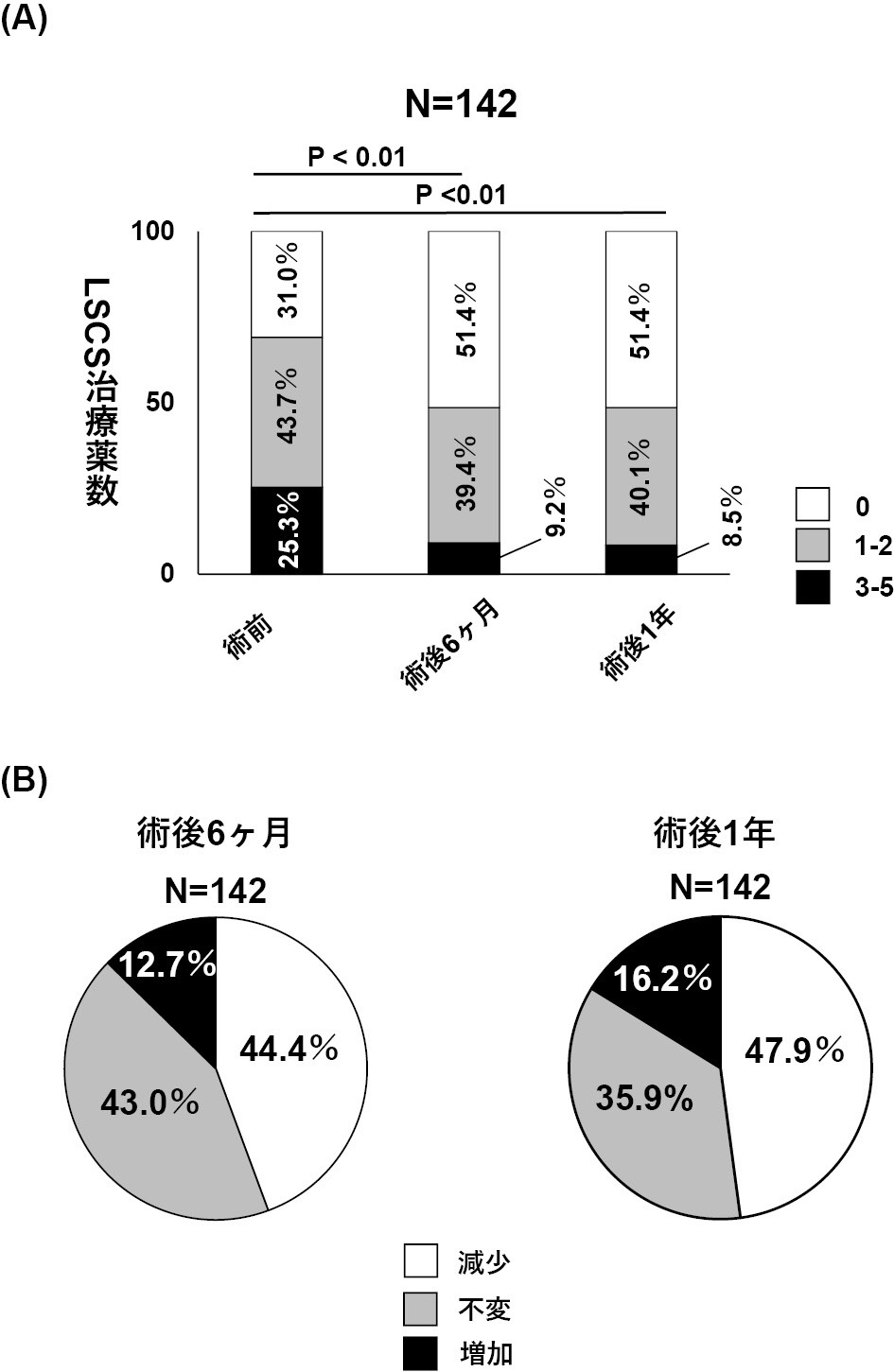Current issue
Displaying 1-19 of 19 articles from this issue
- |<
- <
- 1
- >
- >|
Editorial
-
2025 Volume 16 Issue 6 Pages 818
Published: June 20, 2025
Released on J-STAGE: June 20, 2025
Download PDF (257K)
Review Article
-
2025 Volume 16 Issue 6 Pages 819-825
Published: June 20, 2025
Released on J-STAGE: June 20, 2025
Download PDF (1213K) -
2025 Volume 16 Issue 6 Pages 826-830
Published: June 20, 2025
Released on J-STAGE: June 20, 2025
Download PDF (841K) -
2025 Volume 16 Issue 6 Pages 831-836
Published: June 20, 2025
Released on J-STAGE: June 20, 2025
Download PDF (1112K) -
2025 Volume 16 Issue 6 Pages 837-842
Published: June 20, 2025
Released on J-STAGE: June 20, 2025
Download PDF (1195K)
Original Article
-
2025 Volume 16 Issue 6 Pages 843-848
Published: June 20, 2025
Released on J-STAGE: June 20, 2025
Download PDF (1390K) -
2025 Volume 16 Issue 6 Pages 849-854
Published: June 20, 2025
Released on J-STAGE: June 20, 2025
Download PDF (981K) -
2025 Volume 16 Issue 6 Pages 855-859
Published: June 20, 2025
Released on J-STAGE: June 20, 2025
Download PDF (854K) -
2025 Volume 16 Issue 6 Pages 860-866
Published: June 20, 2025
Released on J-STAGE: June 20, 2025
Download PDF (1680K) -
2025 Volume 16 Issue 6 Pages 867-872
Published: June 20, 2025
Released on J-STAGE: June 20, 2025
Download PDF (951K) -
2025 Volume 16 Issue 6 Pages 873-879
Published: June 20, 2025
Released on J-STAGE: June 20, 2025
Download PDF (1708K) -
2025 Volume 16 Issue 6 Pages 880-890
Published: June 20, 2025
Released on J-STAGE: June 20, 2025
Download PDF (1897K) -
2025 Volume 16 Issue 6 Pages 891-899
Published: June 20, 2025
Released on J-STAGE: June 20, 2025
Download PDF (1406K) -
2025 Volume 16 Issue 6 Pages 900-904
Published: June 20, 2025
Released on J-STAGE: June 20, 2025
Download PDF (949K) -
2025 Volume 16 Issue 6 Pages 905-911
Published: June 20, 2025
Released on J-STAGE: June 20, 2025
Download PDF (1903K) -
2025 Volume 16 Issue 6 Pages 912-918
Published: June 20, 2025
Released on J-STAGE: June 20, 2025
Download PDF (1393K) -
2025 Volume 16 Issue 6 Pages 919-926
Published: June 20, 2025
Released on J-STAGE: June 20, 2025
Download PDF (1550K)
Case Report
-
2025 Volume 16 Issue 6 Pages 927-931
Published: June 20, 2025
Released on J-STAGE: June 20, 2025
Download PDF (1497K)
Secondary Publication
-
2025 Volume 16 Issue 6 Pages 932-938
Published: June 20, 2025
Released on J-STAGE: June 20, 2025
Download PDF (1235K)
- |<
- <
- 1
- >
- >|


